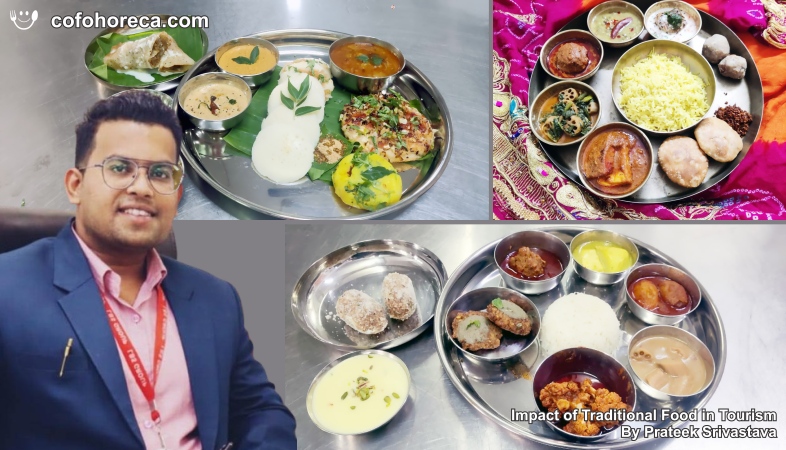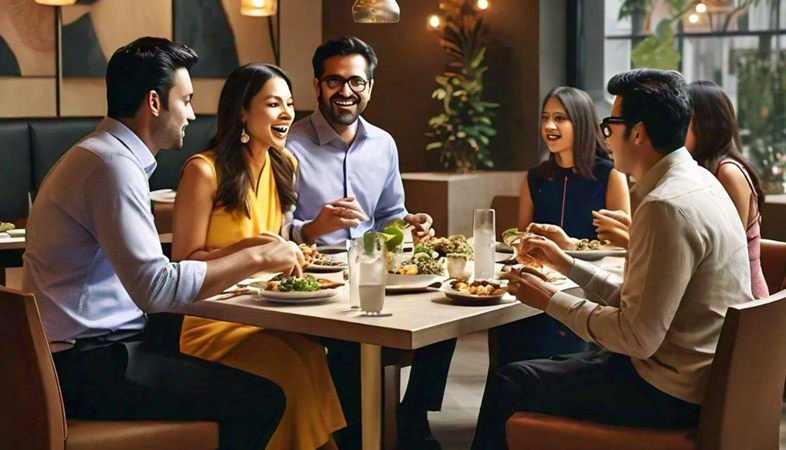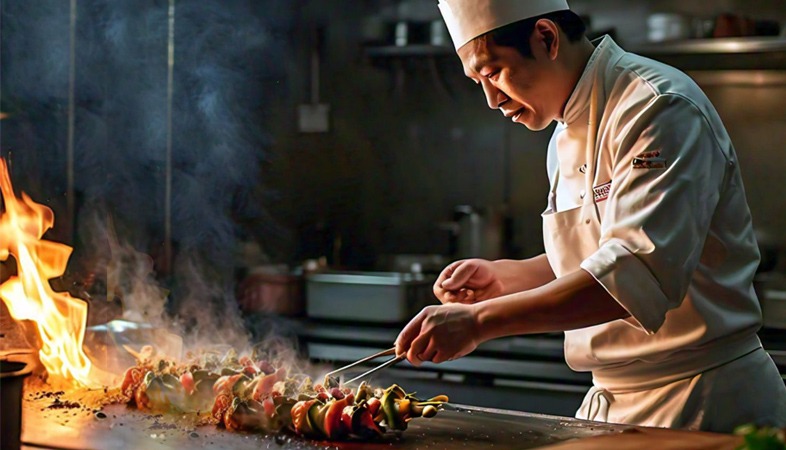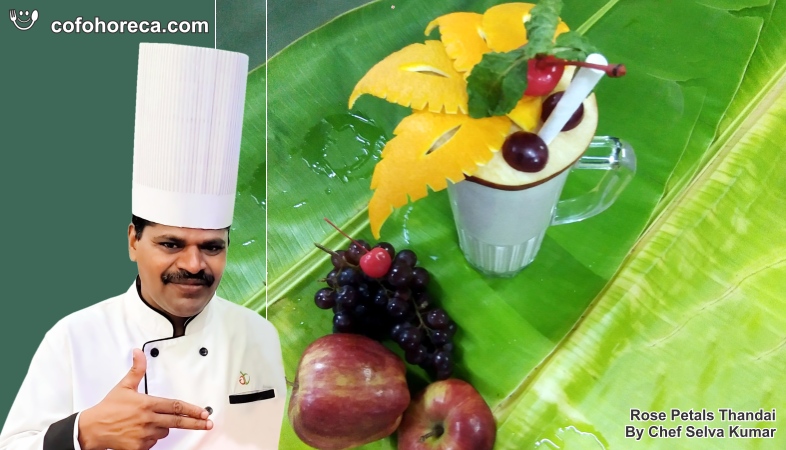Impact of Traditional Food in Tourism - Prateek Srivastava
Traditional cuisines and culinary traditions create a sense of regional or national identity and offer unique gastronomic experiences.
Traditional food plays a significant role in tourism by
attracting visitors and enhancing their experience. It has become an important
part of the tourism product, with food tourism emerging as a popular niche. Traditional
cuisines and culinary traditions create a sense of regional or national
identity and offer unique gastronomic experiences.
Factors such as economic, environmental, social, and touristic influences shape the consumption patterns of traditional food products in catering facilities. The sustainable development of traditional diets within the tourism industry is crucial, and the evolution of traditional dishes driven by tourism can contribute to the establishment of gourmet tourism destinations.
Visitor satisfaction with traditional restaurants positively impacts perceptions of the local gastronomy, the overall image of a city, and loyalty to the destination. Traditional food also contributes to the cultural tourism product in Sub-Saharan Africa, where various gastronomic traditions appeal to tourists. Overall, traditional food plays a vital role in attracting tourists, creating cultural experiences, and enhancing the image of a destination.
Role of Lost Recipes in Tourism Trends
India's cultural diversity is reflected in its rich platters and culinary practices. From north to south, east to west, India boasts many famous and unique recipes, along with several forgotten or lost recipes of the past, waiting to be revived and popularized in the kitchens of our country.
As the diverse cultures of the world unite through the globalization of food habits, traditional food practices have gradually lost their appeal. India too has become entangled in this web of globalization, imitating the food habits of various parts of the world while its rich and original recipes slowly fade away from the memory of the natives.
Role of Traditional Rajasthani Cuisine in
Increasing Tourism
Rajasthani cuisine, originating from the state of Rajasthan in North West India, has been influenced by various factors such as the warlike lifestyles of its inhabitants, the availability of ingredients in an arid region, and Hindu temple traditions of sampradayas like Pushtimarg and Ramanandi. The scarcity of water and fresh green vegetables has also influenced the cooking methods.
Signature Rajasthani dishes include Dal Baati Churma, Panchratna Dal, Papad ro Saag, Ker Sangri, and Gatte ro Saag. These dishes showcase the region's distinct flavors and culinary heritage, significantly contributing to the appeal of Rajasthan as a tourist destination.
Taste of South And its Influence on Tourism
in India
A traditional South Indian meal is typically served on a freshly plucked banana leaf or “vazha ilai.” The food, or sappad, served on a banana leaf is displayed with care, often varying in presentation from one community to another.
The art of serving South Indian food has greatly influenced Indian tourism. Many tourists visit South India specifically for its delicious food and the unique experience of being served traditionally on regional leaves.
.png)







 at The Aviyaan.jpeg)




















